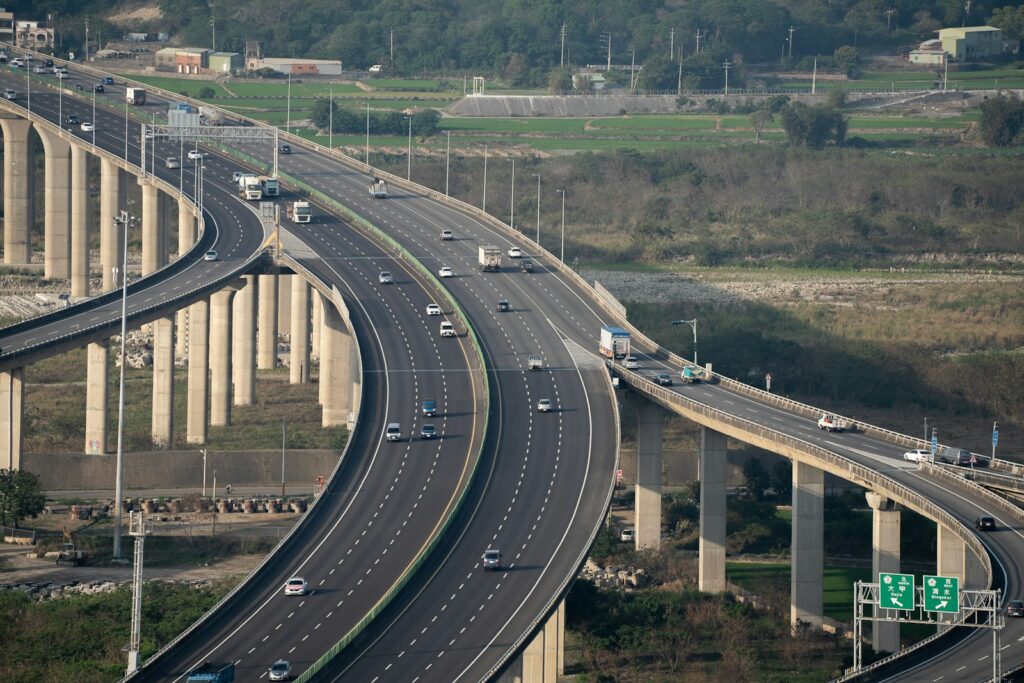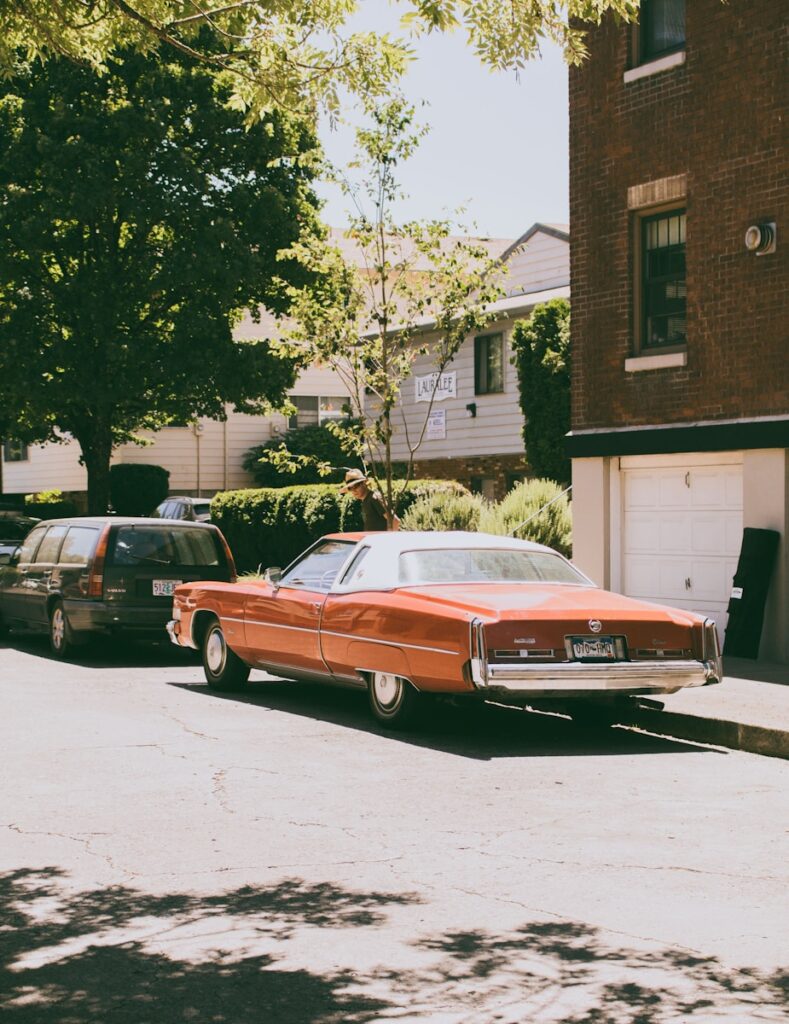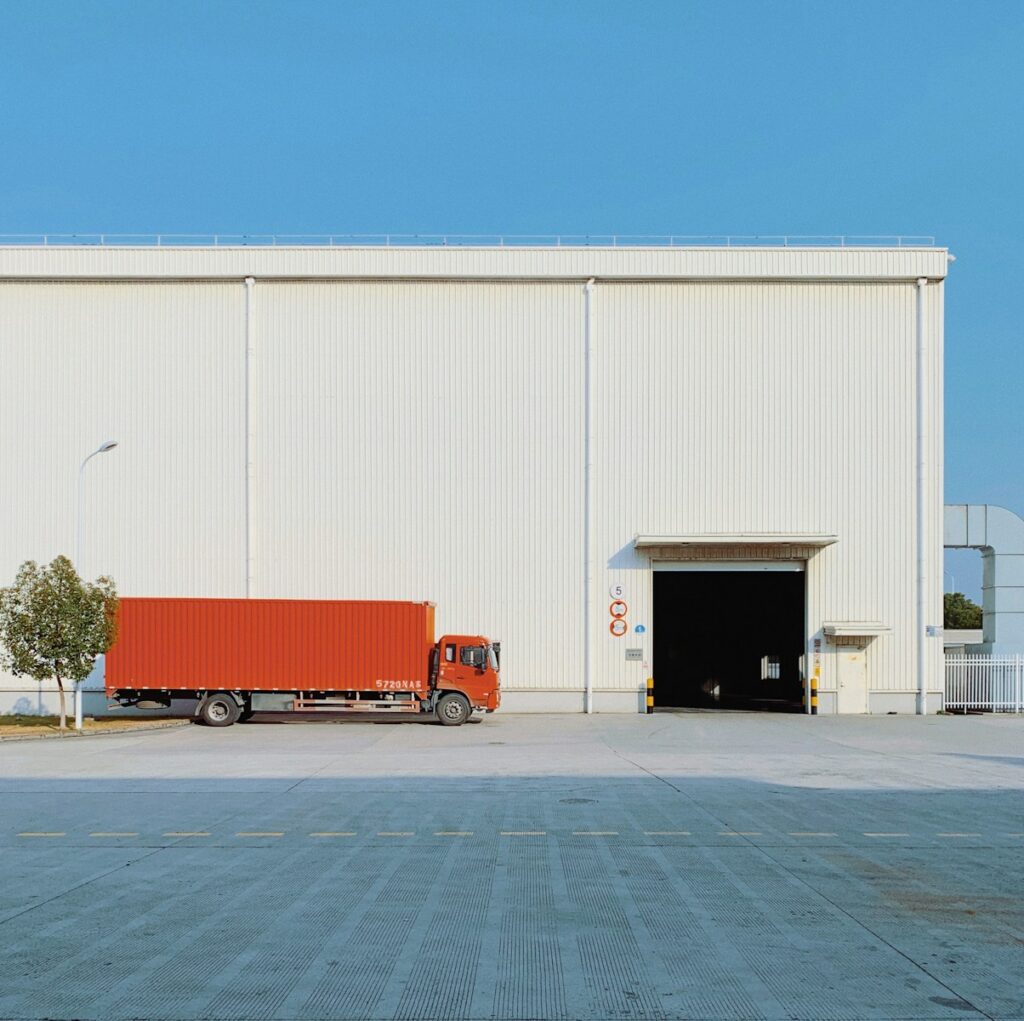
Life on the open road sounds like a dream, doesn’t it? Endless horizons, the thrill of adventure, seeing America’s vast landscapes. But for the dedicated men and women who tirelessly keep our nation’s supply chains humming, that romanticized vision often comes with a gritty, frustrating reality: finding a safe, legal place to park their massive rigs. This isn’t just a minor inconvenience; it’s a full-blown crisis, ranking as the undisputed No. 1 concern for drivers for the third straight year on the American Transportation Research Institute’s (ATRI) annual Top Industry Issues list. Just imagine driving for hours on end, knowing you absolutely need to stop for federally mandated rest, but having absolutely nowhere reliable to pull over. The stress is immense, and the consequences are far-reaching.
This isn’t some niche problem affecting a handful of disgruntled truckers; it’s a widespread nationwide struggle with staggering economic and safety implications. We’re talking about professional drivers routinely wasting an astonishing 56 minutes and driving an additional 15 extra miles *daily* just searching for a legal, available spot. These inefficiencies alone cost the trucking industry a mind-boggling $100 billion annually, according to groundbreaking new research. That colossal figure represents a “hidden tax” on every American consumer, inevitably translating to higher prices at the checkout aisle for everything from groceries to gadgets. With 2.4 million commercial trucks requiring daily parking for those crucial federally mandated rest breaks, and only 697,000 official parking spaces available, the math is horrifying: we’re staring down a national shortage of 1.7 million spaces, meaning roughly 70% of daily demand simply isn’t met.
So, buckle up, because we’re about to embark on an eye-opening journey! We’ll take a deep dive into the absolute toughest, most notorious spots and challenging situations making truck parking a living nightmare across the U.S. From congested cityscapes that devour space to vast rural stretches where facilities are practically non-existent, and the unique environmental hurdles in between, we’ll unpack the places where finding a legal, safe spot feels less like a right and more like winning the lottery. Get ready to truly understand why America’s truckers are seriously struggling to find peace, quiet, and a moment’s rest on the endless road.

1. **The Southeast Region: Parking Purgatory**Alright, let’s kick things off by shining a glaring spotlight on a region that has firmly established itself as practically ground zero for the truck parking crisis: the Southeast. According to compelling data meticulously sifted through by Trucker Path, this area regrettably takes the unenviable top spot for the highest percentage of “no parking spaces available” reports nationwide. Seriously, nearly a quarter, or 25%, of all truckers utilizing Trucker Path services in the Southeast reported finding absolutely no parking when they arrived at a designated location. That’s not just a bad day; that’s a consistent, systemic failure that creates immense daily stress for thousands of drivers.
Imagine this scenario: you’ve been on the road all day, your federally mandated hours of service are ticking down rapidly, and you pull into what should be a reliable parking spot. Instead, you’re met with a disheartening sea of other trucks, all crammed in, with no room for even a bicycle, let alone your massive rig. This isn’t merely about the inconvenience of missing a good night’s sleep; it’s about the fundamental inability to comply with safety regulations designed to prevent driver fatigue. When these official, designated spaces aren’t there, professional drivers are often left with an impossible choice, frequently leading to them parking in unsafe, unauthorized areas – a dangerous consequence we’ll explore further down our list.
The confluence of factors contributing to this regional crisis is complex. The Southeast is an economically vibrant and rapidly growing region, serving as a critical hub for freight movement across the country. This means an ever-increasing volume of goods being transported by truck. However, this surge in trucking activity has not been adequately matched by a corresponding expansion of parking infrastructure. The result is a perfect storm of soaring demand colliding head-on with an acute shortage of supply, leaving drivers scrambling desperately for non-existent spots and creating a perpetual “parking purgatory.”
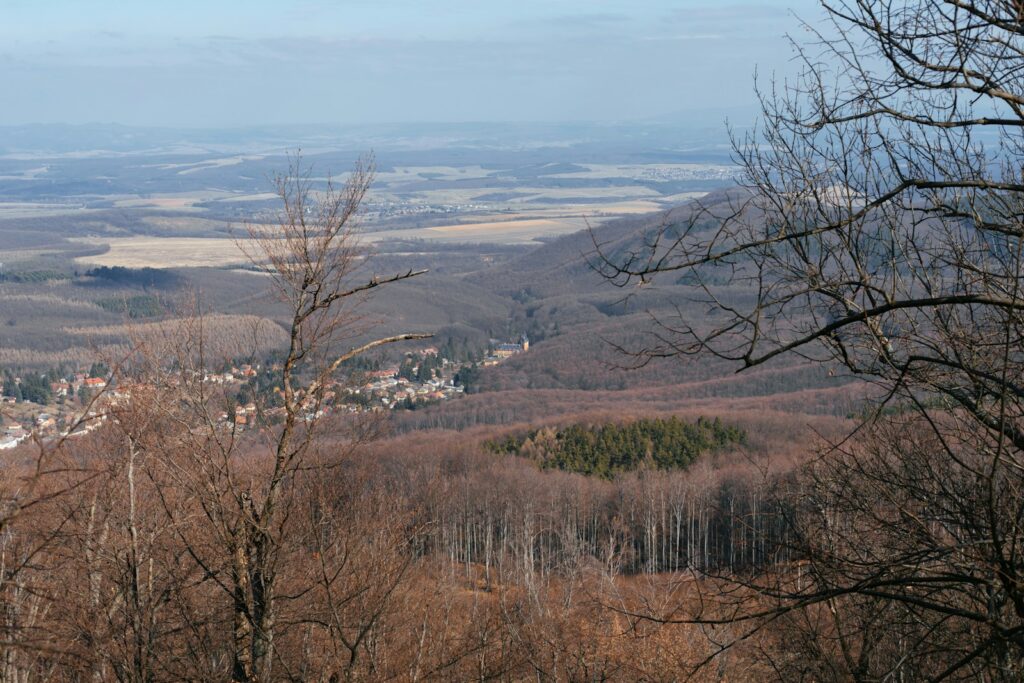
2. **The Northeast Region: A Close Call for Space**Hot on the heels of the beleaguered Southeast, we find yet another region notorious for its deeply entrenched parking woes: the Northeast. This area comes in with a significant 21% of truckers reporting “no parking spaces available,” placing it firmly in second place for parking scarcity, according to Trucker Path data. If you thought the challenges in the Southeast were tough, the tight, densely populated corridors and historic infrastructure of the Northeast present their own distinct and formidable challenges for big rig drivers trying to find a precious piece of real estate.
The historical development of the Northeast means that sprawling land, ideal for new, expansive truck parking facilities, is simply less available and significantly more expensive. Imagine the sheer difficulty of navigating congested urban and suburban highways, dealing with older infrastructure, and maneuvering a large commercial vehicle through tighter urban footprints. All of this while simultaneously trying to locate a spot sizable enough for an 18-wheeler. It’s a daily logistical headache that adds an immense, often unbearable, layer of stress to a trucker’s already demanding schedule. The persistently high percentage of unavailable spots here vividly underscores how pervasive this issue is, even in areas with differing geographic and demographic profiles.
While the regional statistics paint a grim picture, the Trucker Path data does offer a fleeting glimmer of hope by highlighting TA Milesburg 215 in Milesburg, Pennsylvania, as one of the specific locations in the Northeast that recorded a high percentage of “there are many” parking responses. This seemingly contradictory detail actually serves to illustrate a crucial point: certain well-managed, strategically located, or recently expanded facilities *do* exist and can provide much-needed relief. However, these bright spots are clearly insufficient to offset the broader, systemic regional deficit, leaving the majority of truckers still facing a monumental challenge to secure safe, legal, and compliant parking.

3. **The City Jungle: Urban Gauntlet for Big Rigs**Now, let’s shift our focus to the concrete jungles that define America’s major metropolitan areas – the bustling cities that are essential nodes in our supply chains. New York, Los Angeles, and Chicago are specifically called out in the provided context as notorious examples, known for having precious few, if any, places specifically designated for trucks to park. Forget the romantic notion of easily finding a quaint little spot; in these urban behemoths, the sheer act of maneuvering a big rig through narrow, often congested streets, adhering to strict local rules, and navigating constant activity is already a high-stakes feat. Then, layer on the near impossibility of locating a legal, available parking space, and you’ve got yourself an honest-to-goodness urban gauntlet for every single delivery.
The core of the problem here isn’t just about outright scarcity; it’s deeply rooted in the very nature of historical urban planning. For decades, city planners have generally not prioritized the allocation of expansive, dedicated parking infrastructure for large commercial vehicles within dense metropolitan areas. This oversight means that what little space might exist is often prohibitively expensive, subject to stringent time limits, or burdened by restrictive local ordinances that make overnight parking for trucks virtually impossible. Professional truckers arriving in these vital cities, frequently tasked with delivering essential goods, face a “true test of patience and creativity” as they desperately search for any suitable patch of asphalt that won’t land them a hefty ticket, a frustrating tow, or even worse, put them in a vulnerable position.
The relentless lack of adequate urban truck parking pushes drivers to the absolute brink, often forcing them to park far outside the city limits. This adds significant extra miles, precious time, and considerable fuel costs to their already demanding schedules. More importantly, this isn’t just a simple inconvenience; it’s a critical bottleneck in the entire national supply chain. When drivers cannot safely access urban delivery zones or find compliant overnight parking nearby, it impacts everything from fresh produce getting to grocery stores to packages arriving at your door, all because the urban landscape wasn’t adequately designed with these indispensable vehicles in mind.

4. **The Appalachian Mountains: Twisty Roads, Vanishing Spots**Next up on our challenging tour of parking pain, we pivot from the urban sprawl to the majestic yet unforgiving terrain of the Appalachian Mountains. While these iconic ranges undoubtedly offer “beautiful views and twisting roads,” they simultaneously present an intimidating obstacle course for truckers desperately seeking a safe and legal place to rest. The provided context explicitly states that “even the most beautiful route can be hard to park on because the land is steep and there aren’t any marked truck stops.” This isn’t just a physical challenge for the sheer mechanics of driving; it’s an immense mental strain for the dedicated professionals behind the wheel.
Imagine the intense concentration required to navigate winding, often narrow, and frequently steep mountain roads, sometimes with limited visibility. Now, compound that with the gnawing anxiety that official, safe, and legal parking might be an unquantifiable number of miles away, beyond the next ridge or valley. The very topography of the Appalachians, characterized by its rugged peaks and deep valleys, makes the construction of extensive, purpose-built parking infrastructure a monumental, costly, and often geographically impractical task. This inherent lack of dedicated, well-marked spaces means truckers simply cannot rely on the predictability and ample facilities found at standard truck stops in flatter regions, transforming every drive through this stunning yet arduous region into an exercise in anxious, high-stakes planning.
The solution, as the context suggests, absolutely lies in meticulous “planning stops ahead of time and use technology to find safe places to park.” However, even with the most thorough route planning, the fundamental and often unavoidable scarcity of truly safe, legal, and adequately sized options in this rugged terrain makes the Appalachian Mountains a recurring “hiker’s nightmare” – only this time, it’s experienced by towering 18-wheelers. Drivers are forced to meticulously scout for any potential pull-offs, often resorting to less-than-ideal spots out of sheer necessity as their hours of service dwindle.

5. **Louisiana’s Swampy Quandary: Bayou Parking Blues**From the majestic mountains, we journey south to the profoundly unique and equally challenging landscape of Louisiana, where the state’s iconic bayous and extensive swamps create their own distinct and formidable set of parking problems for America’s truckers. The context clearly informs us that “because there aren’t many good places to park, especially in the southern part of the state, truckers can feel stuck in a technical maze.” This isn’t just a metaphorical maze; the very geological makeup of the land itself, with its soft, marshy, and often flood-prone terrain, inherently restricts where robust infrastructure can be constructed. This makes finding suitable truck parking a genuine “swampy quandary.”
The systemic issue in Louisiana is further illuminated by its astonishingly high public-to-private truck parking ratio. At a staggering 1:42.1, Louisiana boasts one public truck parking space for every 42.1 private spaces. This figure dramatically exceeds the widely recommended national benchmark of 1:4. What does this mean in real terms? It means that publicly funded, easily accessible truck parking options are exceptionally rare, forcing truckers to rely almost exclusively on private facilities. These private options, however, may not always be available, might come with prohibitive costs, or could be inconveniently located precisely when a driver needs them most. This enormous disparity speaks volumes about the severe scarcity of publicly supported or easily accessible parking infrastructure within the state.
Navigating the complex logistical challenges presented by Louisiana’s unique environment means that, as the context highlights, “planning your plans and using apps made for truckers can help you get through these tricky waters.” While technology offers some assistance in identifying what few spots might exist, it cannot conjure new ones out of thin air. The fundamental lack of suitable, accessible land for constructing large-scale, resilient parking facilities in many areas, particularly within the fragile and challenging bayou environment, makes Louisiana a particularly tough spot. The high water table, the need for extensive environmental impact assessments, and the sheer cost of building on such terrain all contribute to this ongoing bottleneck.

6. **The Northern Challenge: Snowy Stops, Slippery Situations**Finally, for this initial section of our exploration into America’s truck parking nightmares, let’s brave the harsh cold and head to the northern states. Here, winter’s captivating beauty can very quickly transform into a treacherous “snowy conundrum” for truckers. While the context graciously acknowledges that winter in these regions is indeed “beautiful,” it swiftly adds the critical caveat that “it can be hard to find a place to park.” For professional truckers, this isn’t just about admiring a picturesque snowfall; it’s about navigating dangerous, often impassable road conditions further compounded by an already dire and persistent parking shortage.
Imagine the immense pressure of driving through a raging blizzard, with visibility plummeting to near zero, roads rapidly icing over, and the constant threat of black ice. Now, layer on the terrifying realization that the few rest stops or designated parking areas you might know of could themselves be “covered in snow and the ground is slippery,” rendering them completely unusable or dangerously hazardous for a large commercial vehicle. The critical ability to find a safe place to pull off the highway, wait out a severe storm, or simply get some federally mandated rest, becomes exponentially more difficult and fraught with peril when Mother Nature decides to throw its absolute worst at you. In these northern areas, the essential advice isn’t just about *finding* a spot, but fundamentally about “knowing what the weather is doing and have winter gear ready” – a testament to the extreme conditions.
The potent combination of severe, unpredictable weather and the pre-existing, chronic parking scarcity creates a debilitating double whammy for drivers. What might be a tight squeeze or a minor inconvenience in the milder summer months quickly escalates into an impossible, and often life-threatening, situation during winter. When roadside shoulders are obscured by snow drifts or covered in ice, and formal parking lots are uncleared, options vanish entirely. This makes the northern states, particularly during the unforgiving colder months, undoubtedly represent some of the most challenging places in the entire country to secure safe and legal parking.
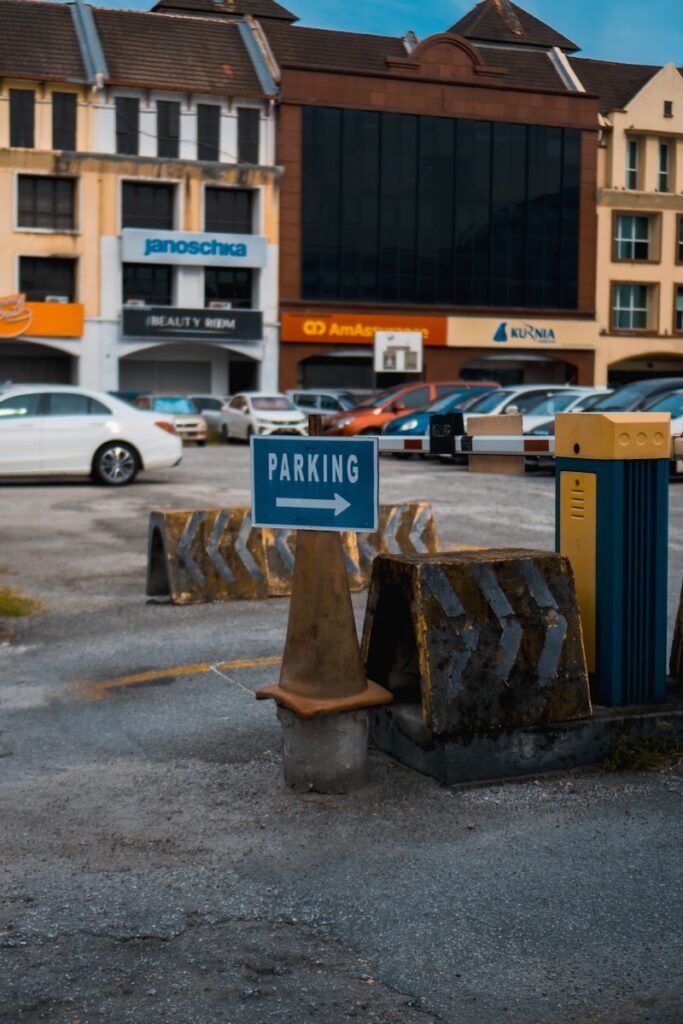
7. **The Peril of Makeshift Parking: Shoulders and Ramps**When official parking spots are nowhere to be found, truckers are often forced into impossible choices, pulling over in places that are anything but safe or legal. According to new data from video telematics provider Lytx, the most common risky areas in the U.S. where drivers are parking this year are “highway shoulders and ramps.” Picture a massive 18-wheeler pulled over on a busy highway shoulder or exit ramp. It’s a terrifying thought, not just for the driver trying to catch some much-needed Zs, but for every other vehicle speeding by.
This isn’t just about inconvenience; it’s about pure vulnerability. Parking in unauthorized spaces, like dimly lit shoulders or abandoned lots, instantly makes drivers and their valuable cargo prime targets. The context explicitly states that “Cargo theft costs exceed $700 million annually, much attributed to unsafe parking.” Ultimately, these desperate parking measures have severe consequences, as “trucks parked in unauthorized spaces alongside shoulders or highway on/off ramps increase the risk and severity of crashes.” This isn’t just a parking problem; it’s a critical safety issue impacting everyone on the road.
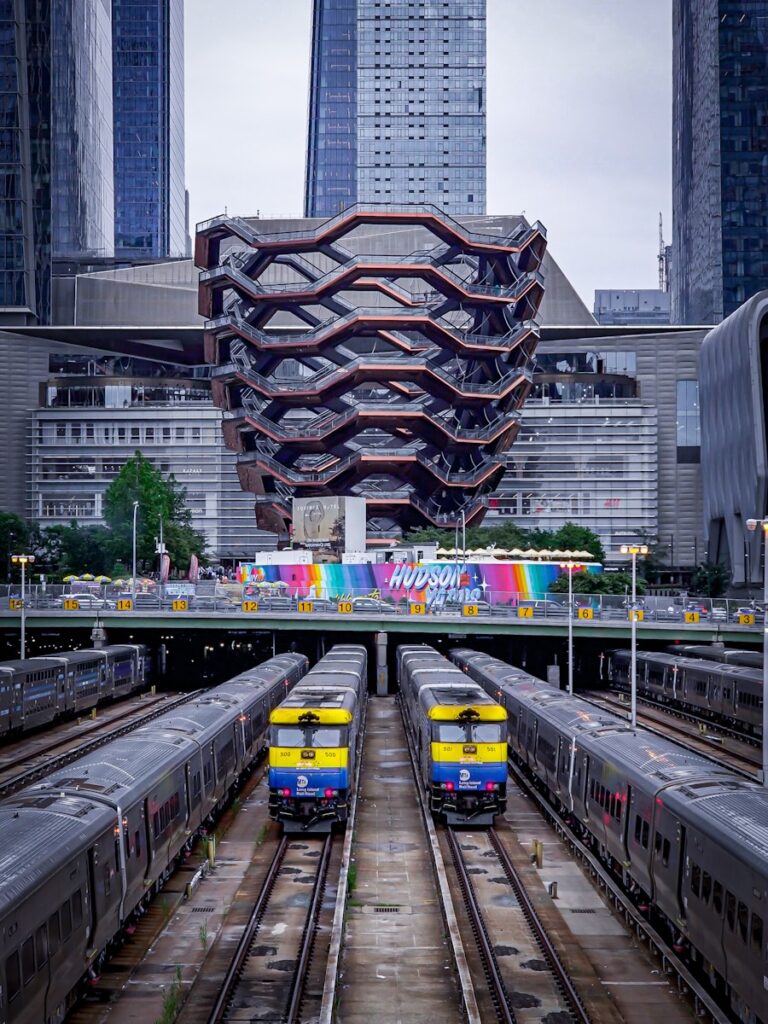
8. **New York Metro Area: A Staggering Deficit**Remember how we chatted about the “City Jungle” in our first section? Well, let’s get *really* specific about one urban behemoth that’s practically in a league of its own: the New York metropolitan area. This region faces a deficit that truly boggles the mind – a colossal “186,000 parking spaces.” To put that jaw-dropping number into perspective, that particular shortfall is a staggering “four times worse than the national average.” Imagine the sheer scale of trucks trying to navigate and then find a resting place in one of the most densely populated, logistically complex regions on the planet.
This enormous shortfall has ripple effects extending far beyond the city limits. It directly contributes to the “over $82 billion in lost productivity” annually that drivers face nationwide. When truckers are spending endless hours circling, searching, and stressing over parking in such a critical hub, it means fewer deliveries, longer transit times, and ultimately, higher costs for every single consumer. The price of that “hidden tax” on American families? It goes way up when major arteries like New York are so severely clogged.
The situation in the New York metro area isn’t just a localized inconvenience; it’s a glaring symptom of a much larger, systemic issue within our national supply chain. Even with vast amounts of freight moving through this economic powerhouse, the fundamental infrastructure to support the vehicles that carry that freight is shockingly absent, creating bottlenecks that echo across the entire country and highlighting how capacity can exist in “the wrong places.”
9. **The National Infrastructure Gap: A 1.7 Million Space Shortfall**Okay, let’s zoom out from the individual parking nightmares and look at the colossal, undeniable truth: America faces a devastating national truck parking deficit – a gaping chasm between what our supply chains need and what our infrastructure provides. We’re talking about “2.4 million commercial trucks requiring daily parking” for those absolutely vital federally mandated rest breaks, but the nation only provides a measly “697,000 official parking spaces.” That leaves us with a horrifying shortage of “1.7 million spaces,” meaning “70% of daily demand simply isn’t met.”
This massive disconnect isn’t just an inconvenience; it’s a “hidden tax on every American consumer,” according to economist Noël Perry. When drivers are forced to waste “56 minutes and drive an additional 15 extra miles daily” just searching for a spot, those inefficiencies cost the trucking industry a mind-boggling “$100 billion annually.” And guess who ultimately pays for that? Us, through higher prices at the checkout aisle. It’s a burden rippling through our entire economy.
Here’s an intriguing twist: the research identified a whopping “23.4 million parking spaces nationwide that could accommodate heavy trucks.” So, the capacity *is* there. The problem? “98% are on private property not offered to the public.” This isn’t a capacity problem, folks, it’s an “access problem,” as Evan Shelley, co-Founder and CEO of Truck Parking Club, so brilliantly points out. It’s about unlocking what already exists, not always building from scratch.
Thankfully, the federal government is actually taking notice! U.S. Sens. Cynthia Lummis and Mark Kelly, alongside U.S. Reps. Mike Bost and Angie Craig, introduced the “Truck Parking Safety Improvement Act.” If passed, this bill would allocate a significant “$755 million over three years to the construction of parking spots” that must be “publicly accessible and free of charge.” It’s a glimmer of hope that we might actually start bridging this terrifying national gap with dedicated, accessible infrastructure.
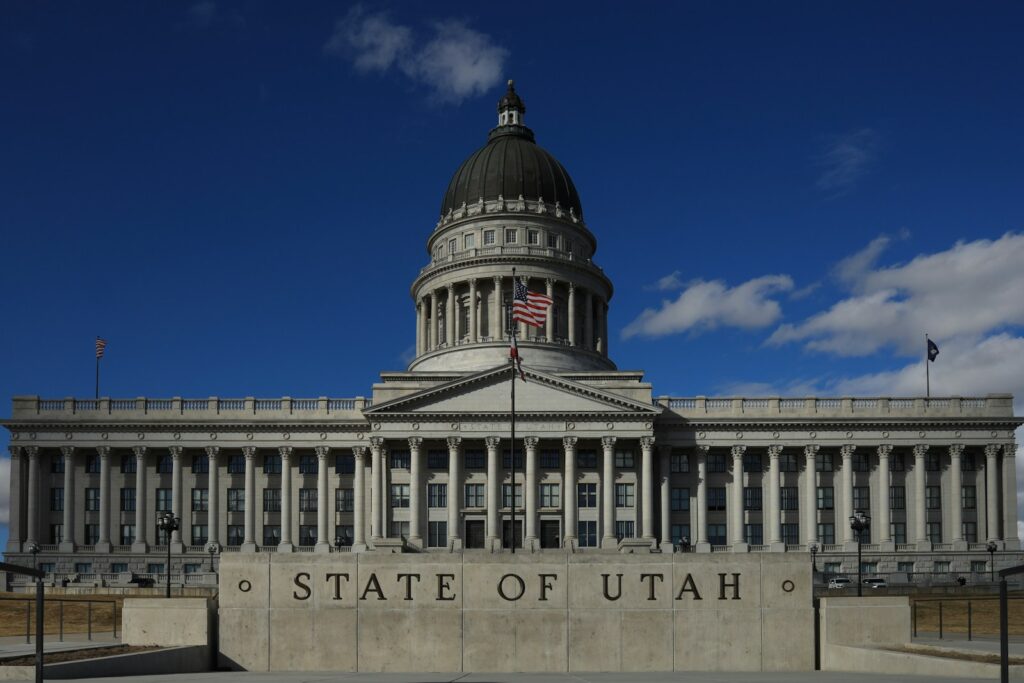
10. **States with Extreme Public-to-Private Imbalance**While we’re deep-diving into the infrastructure gap, let’s get a little more granular and shine a light on specific states where the balance between public and private truck parking is just completely out of whack. The recommended national benchmark is “one public truck parking space for every four private truck parking spaces” – a 1:4 ratio. It’s about having a healthy mix, so drivers aren’t completely at the mercy of private facilities.
But oh boy, some states blow past that threshold! We already touched on Louisiana with its eye-popping 1:42.1 ratio, but it’s not alone. The ATRI report highlights other states with seriously skewed public-to-private ratios, including “Oklahoma (1:27.9), and Arkansas (1:20.5), Texas (1:18.6) and Colorado (1:15.1).” These numbers aren’t just statistics; they represent immense daily pressure for truckers traversing these vital freight corridors, leading to less predictability and more stress.
It’s fascinating, though, to see that a balanced approach *is* possible! The report points to states like “Vermont and Massachusetts (both 1:1.5), as well as New Hampshire (1:2.2), Maine (1:2.5), and Alaska (1:2.6)” as having some of the most balanced public-to-private ratios. These examples prove that with thoughtful planning and investment, states *can* create an environment where public parking provides a much-needed, accessible safety net for drivers.
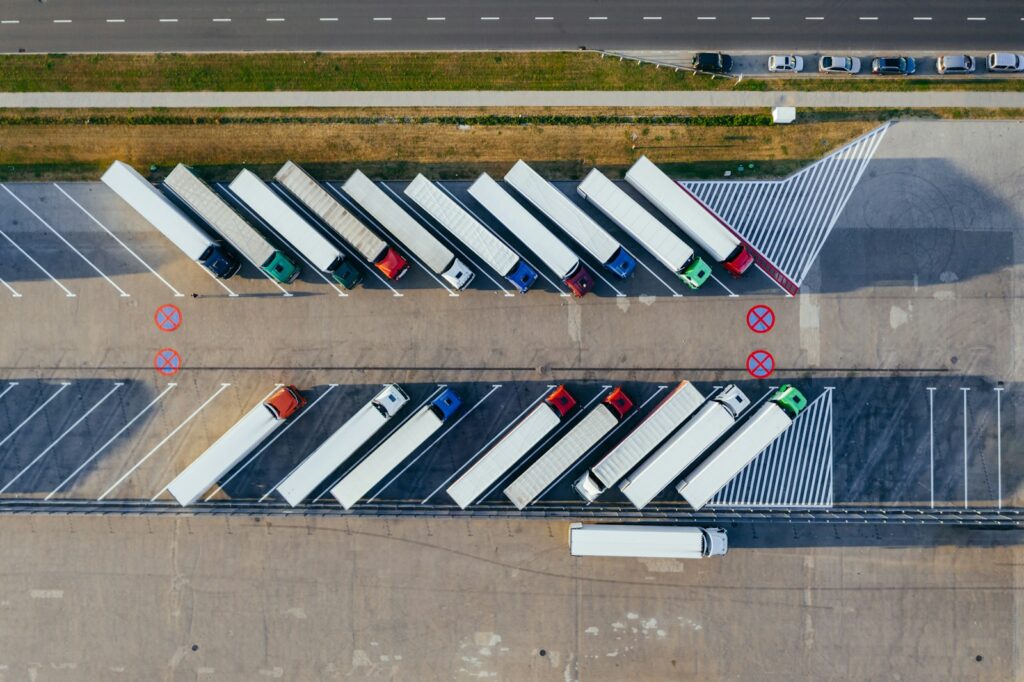
11. **Roadblocks to Expansion: Funding, Land, and Community Pushback**So, if everyone agrees that truck parking is a massive problem, why aren’t we seeing new parking lots popping up everywhere? Well, it’s complicated, and there are some serious roadblocks. According to the joint ATRI-AASHTO survey, only “26% of states have acquired land or right-of-way for parking development in the last decade.” The “most commonly cited issues” for this lack of expansion are “lack of funding, community resistance, and difficulty finding suitable land.” Imagine trying to build a huge new truck stop in a residential area – serious pushback is guaranteed!
Finding large, flat, accessible parcels of land near major highways that *aren’t* astronomically expensive or environmentally sensitive is like searching for a unicorn. This inherent difficulty, coupled with funding challenges, means that what seems like an obvious solution is often a logistical and political quagmire. Dedicated state funding for truck parking is notably uncommon, with most states relying on a mix of federal grants and internal funds.
Here’s where creativity sparks hope: “64% of states reported evaluating whether state-owned properties could be repurposed for truck parking.” We’re talking weigh stations, park-and-ride facilities, and former welcome centers. Ohio, for example, is a trailblazer, having “converted 10 former weigh stations into truck parking areas, creating 164 spaces equipped with restrooms and trash receptacles.” This innovative thinking is precisely what’s needed.
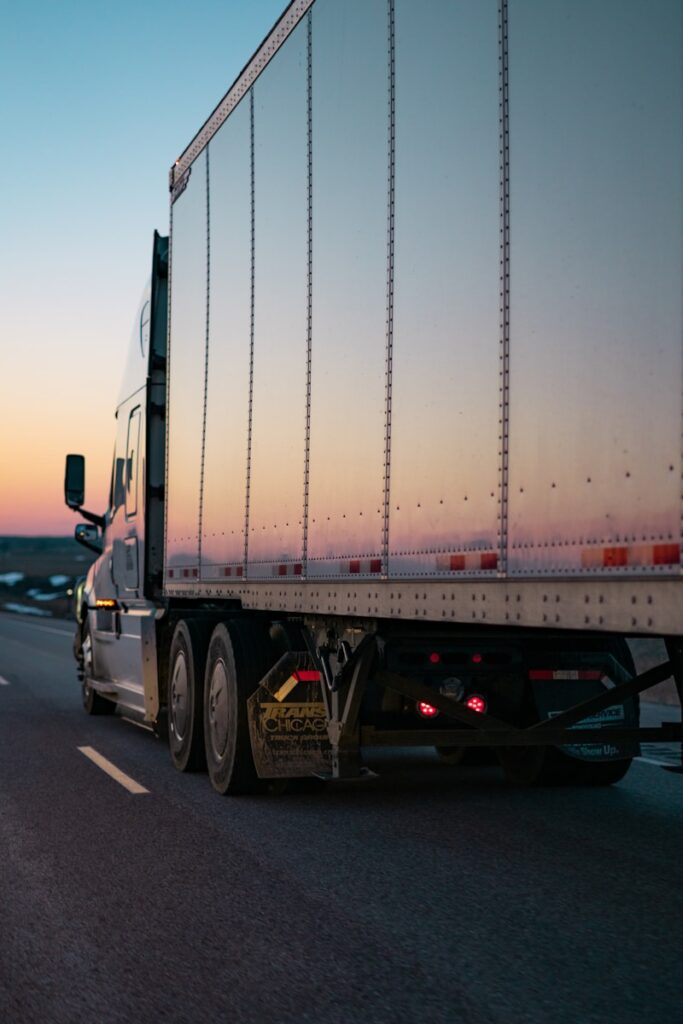
12. **Tech’s Mixed Blessing: Untapped Potential and Trust Issues**In an age where we use apps for practically everything, you’d think technology would be the undisputed hero in solving the truck parking crisis, right? Well, it’s a bit of a mixed blessing. On one hand, digital marketplace platforms are proving to be game-changers, “connecting drivers with property owners who have unused parking capacity.” This innovative approach has already added “over 44,000 new spaces” – a 20% increase in available capacity – without building a single brick-and-mortar facility. That’s smart!
However, the full potential of technology is still largely untapped, and there are some trust issues at play. While Truck Parking Information Management Systems (TPIMS) exist, “only 34% of drivers reported using them.” And here’s the kicker: “just 25% fully trust the accuracy of availability updates.” Ouch! Imagine relying on an app to find a crucial rest spot, only for it to be wrong after a long, grueling day. That’s a recipe for major frustration and distrust, keeping drivers from relying on these tools.
The exciting news is that this isn’t a problem without a solution. Evan Shelley from Truck Parking Club articulates it perfectly: “America doesn’t need to build 1.7 million new parking spaces. We need to unlock existing capacity by connecting drivers with the millions of spaces at trucking companies, truck repair shops, self storage operators, tow truck companies, CDL Schools, truck stops, truck parking operators and more.” Technology holds the key to transforming an “access problem” into an “economic opportunity,” streamlining logistics, and finally giving our truckers the peace of mind they deserve.
So, there you have it – a whirlwind tour through the toughest, most frustrating, and dangerous aspects of America’s truck parking crisis. From the regional hot zones to the specific financial burdens, the peril of makeshift parking, and the tricky dance with technology, it’s clear this isn’t just a minor blip on the radar. It’s a systemic challenge impacting our economy, our safety, and the well-being of the incredible men and women who tirelessly deliver the goods that keep our lives humming.
But here’s the thing: recognizing the problem is the first massive step towards a solution. With dedicated legislation like the Truck Parking Safety Improvement Act, innovative tech platforms, and a growing understanding among both the public and policymakers, we’re not just highlighting the issues; we’re pushing for real, tangible change. Let’s champion our truckers, support smart infrastructure, and work together to ensure that these road warriors can always find a safe, legal, and stress-free spot to rest their weary heads. Because when they park safely, all of America wins.


